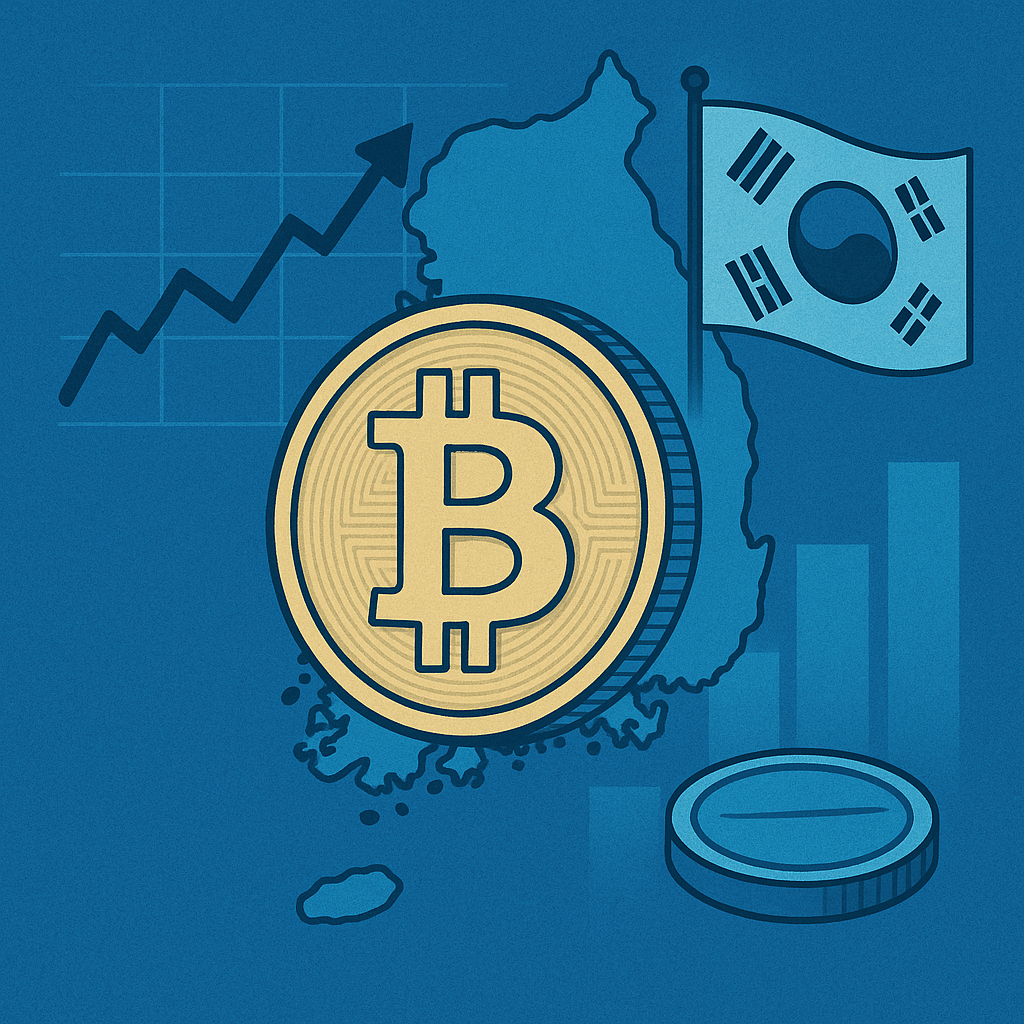Quick flashback: remember Terra’s face-plant?
Okay, let’s rewind to May 2022 when Do Kwon’s Terra/LUNA experiment imploded and wiped out roughly $60 billion in market cap almost overnight. South Korean regulators—who’d been pretty chill about crypto up to that point—suddenly had pitchforks in hand. The Financial Services Commission (FSC) promised “order in the virtual asset markets.” And honestly, who could blame them? Retail investors were lining up outside police stations, filing fraud complaints, and Korean Twitter was on fire.
Here’s what actually happened this week
Fast-forward to Tuesday: lawmaker Min Byeong-deok (yes, he’s in President Yoon’s ruling Democratic Party) just dropped a 111-page draft called the Digital Asset Basic Act (DABA). Think of it as South Korea’s version of MiCA in the EU, or an even stricter cousin of the U.S. FIT21 bill that’s still floating around Congress.
The text isn’t public yet—Min’s office only pushed out a summary—but here are the juicy bits people inside Korbit and Bithumb are whispering about:
- Stablecoin oversight gets its own chapter. Issuers will need 1:1 reserves held at domestic banks, and algorithmic models like the old UST are basically persona non grata.
- Exchange licensing tiers. Smaller exchanges can operate under a sandbox if daily volume stays under 1 billion won (~$720k). Anything above that triggers full FSC audits.
- Market-manipulation clauses. Yup, the prosecutors who went after Bithumb execs last year get new toys—on-chain data monitoring mandates using tools such as Chainalysis and the local favorite Uppsala Security.
- Cold-storage minimums bumped to 80%. Up from the existing 70% required by the Virtual Asset User Protection Act that took effect in July 2023.
Min wants the bill on President Yoon’s desk before the National Assembly recess in December. Ambitious, but Koreans love a tight deadline—just ask anyone who files their taxes 10 minutes before the portal closes.
Why the stablecoin part is the real headline
I’m not exaggerating: Koreans love stablecoins almost as much as they love StarCraft II. According to Kaiko, 27% of spot volume on Upbit last quarter was KRW-denominated stablecoins—mainly KRWb and WEMIX $. If this bill forces local issuers to pony up full-reserve audits, we could see a liquidity squeeze. Remember how US exchanges freaked when BUSD got kneecapped? Same vibe, just Seoul edition.
Now here’s the interesting part
Min keeps name-dropping MiCA as his ‘north star’, but he also sneaks in some uniquely Korean wrinkles. For example, exchanges must integrate with the K-ISMS cybersecurity framework—that’s basically ISO 27001 on kimchi steroids. If you’re Binance looking to reopen Korean won pairs (they were quietly turned off in 2021), you’ll need a local data-center audit. No way CZ signs off on that without a legal flame-retardant suit.
Potential curveballs (because nothing in crypto is ever simple)
• Parliamentary gridlock: The opposition People Power Party is already complaining the bill gives FSC “excessive discretionary power.” If they start filibustering, we might not see final text until mid-2025.
• Bank lobbying: KB Kookmin and Shinhan Bank are drooling at the idea of custody fees on stablecoin reserves, but smaller regional banks fear being elbowed out.
• Global arbitrage: Korean whales might just route flow through Singapore’s Zipmex or even Japan’s BitFlyer if KRW stablecoins dry up. Watch for OTC desks lighting up Telegram.
So, is this bullish or bearish for your altbag?
I’ll be honest—I’m torn. More regulatory clarity usually nudges institutions off the sidelines. We saw that with Kakao’s Klaytn staking pool the moment the 2023 user-protection act passed. But short-term? We could get a liquidity crunch on Korean order books—remember, Upbit alone often does +20% of global XRP volume. If Korean traders suddenly need extra steps to move tether equivalents, spreads widen, and that volatility could leak into global books.
Random tangent because my coffee just kicked in
I can’t help noticing how Circle is quietly courting Asia again. They opened a Singapore HQ, nabbed a MAS license, and are rumored to be chatting with Hana Bank about a KRW-USDC bridge product. If DABA locks down homegrown stables, Circle could swoop in with a fully licensed, boringly-regulated option and eat everyone’s kimbap. Just saying.
Where I’m planting my flag (for now)
“Regulation kills vibes… until it suddenly 10x’s the market.” — someone on Crypto X, probably
My gut feeling: medium-term bullish. Korea isn’t trying to choke crypto; they just don’t want a repeat of Terra’s national embarrassment. Once the compliance plumbing is in, Seoul’s pension funds (we’re talking $750 billion AUM) could finally allocate beyond a few Coinbase stocks. That’s real dry powder.
What I’m watching next
- Does the FSC publish technical guidance for algorithmic vs collateralized stables? That’ll tell us if stuff like Frax stands a chance.
- Any pilot programs with Bank of Korea’s CBDC? Imagine a swap window between a digital won and regulated stables.
- Movement on Do Kwon’s extradition—political theater but ties back to why this bill exists in the first place.
If you’ve got dry powder and can stomach Korean policy risk, maybe keep an eye on exchange-token dips (Upbit’s ABIT rumors anyone?). Just remember: volatility here is spicier than gochujang.
Not financial advice, obviously. I’m just a guy glued to my CryptoQuant dashboard at 2 am.



